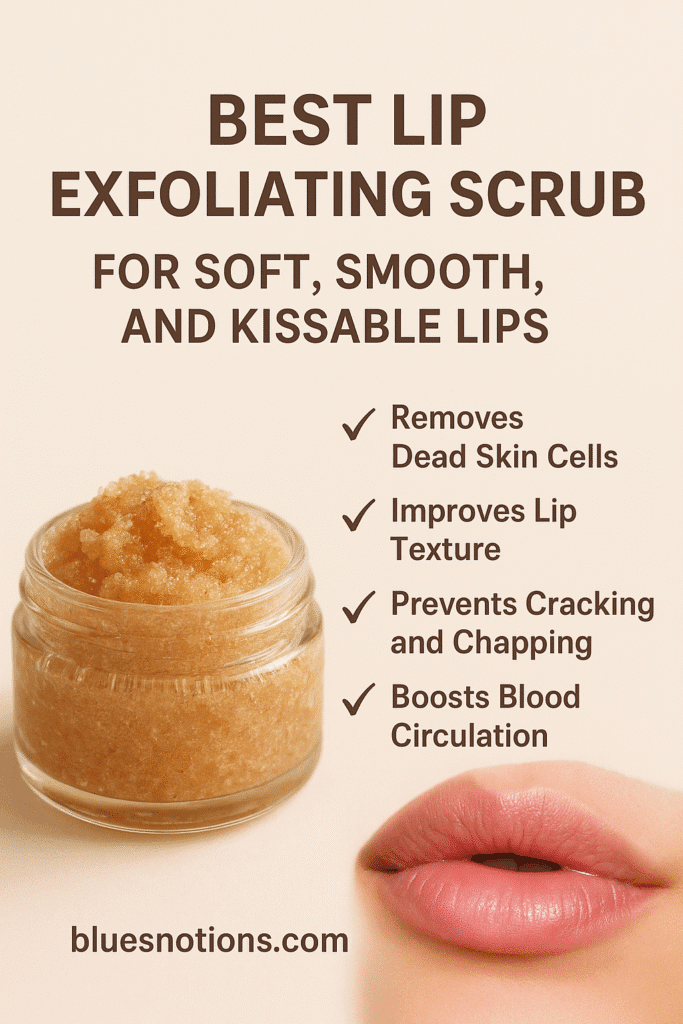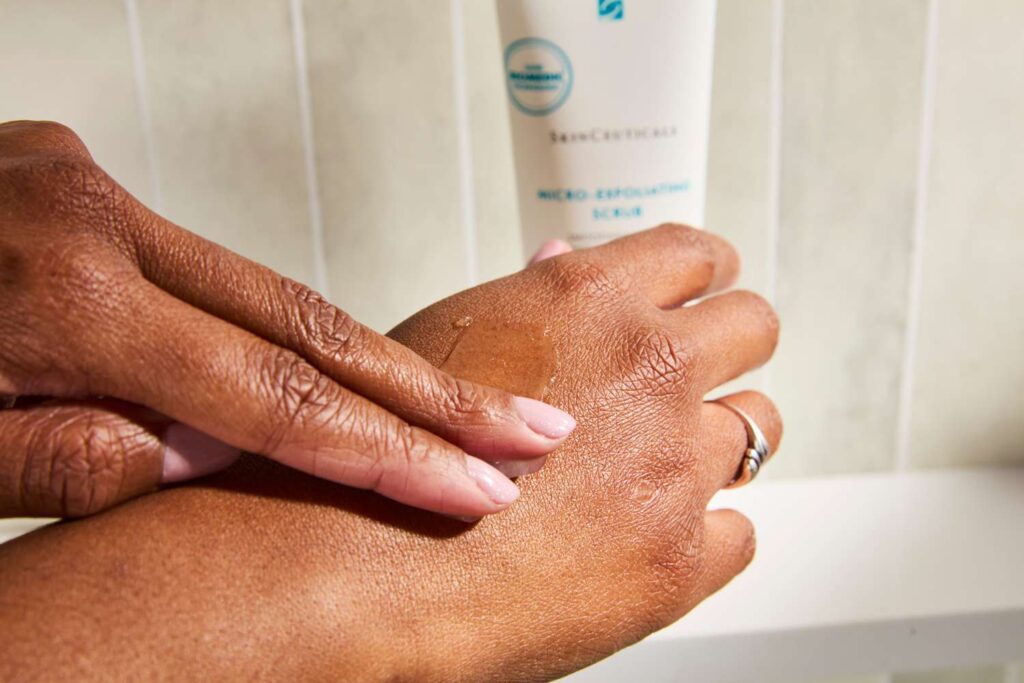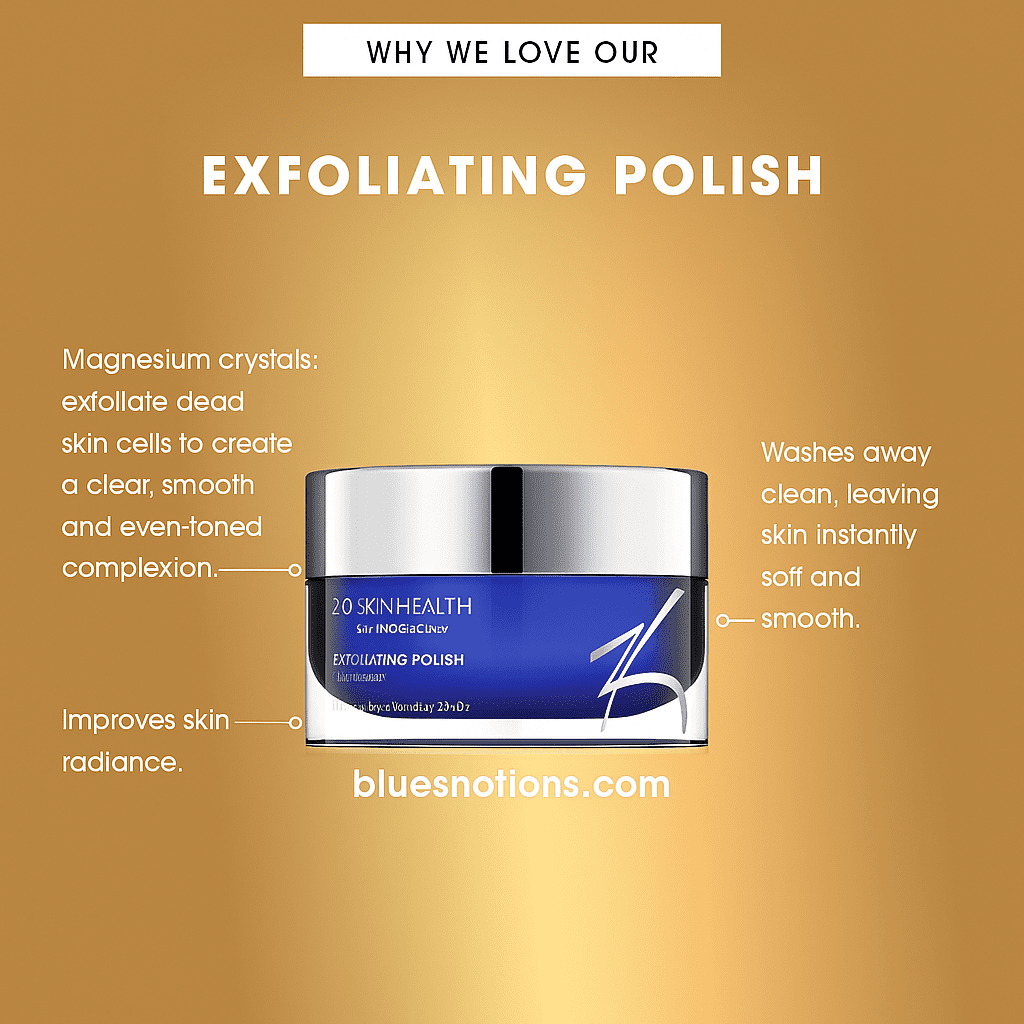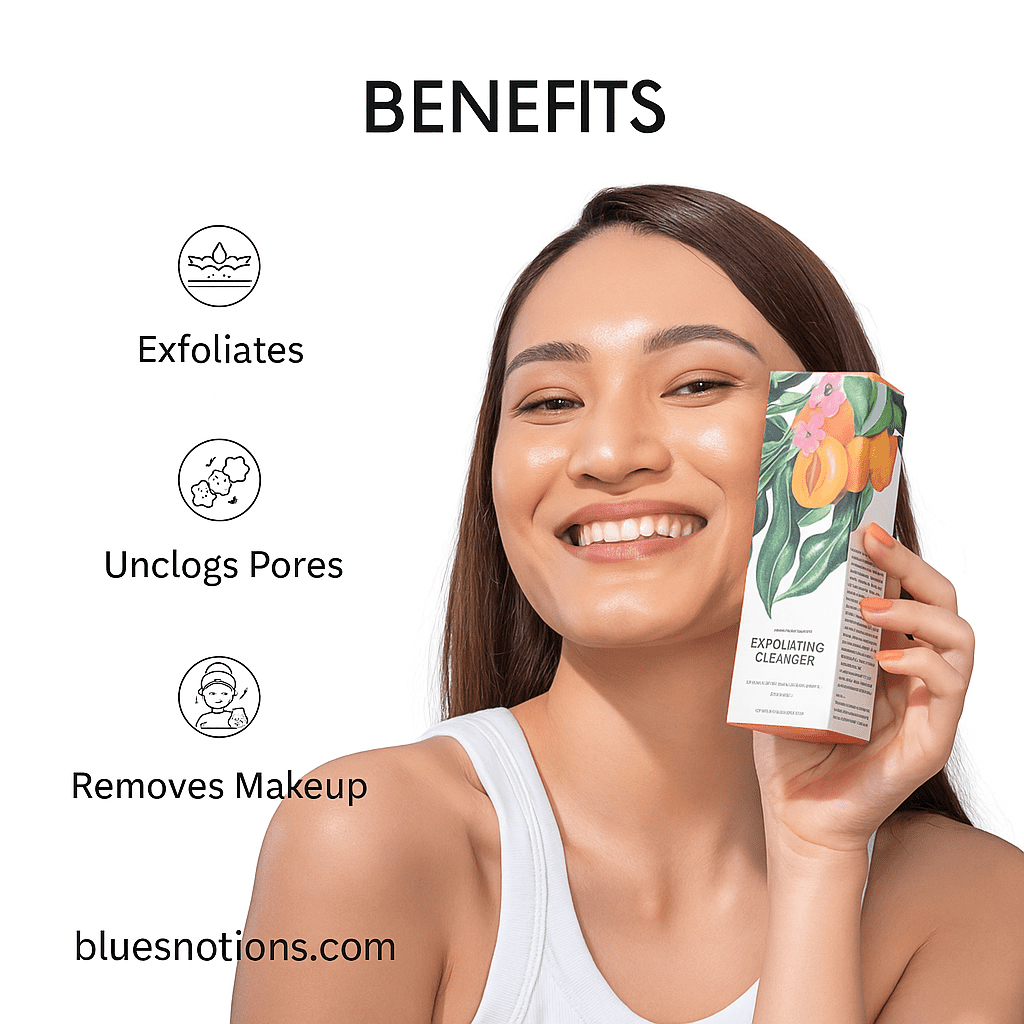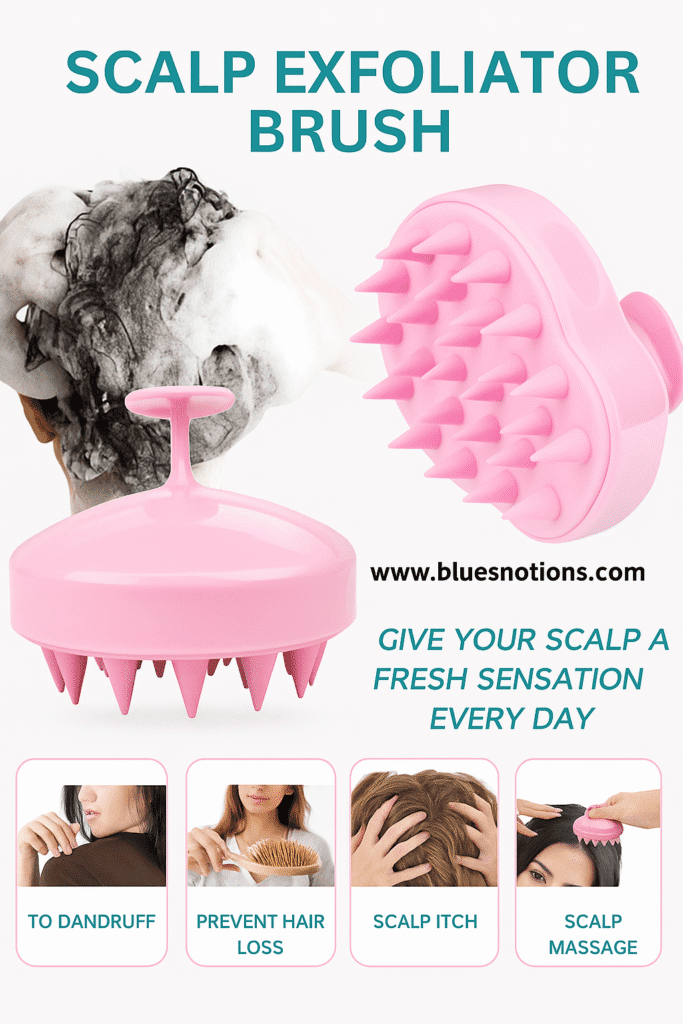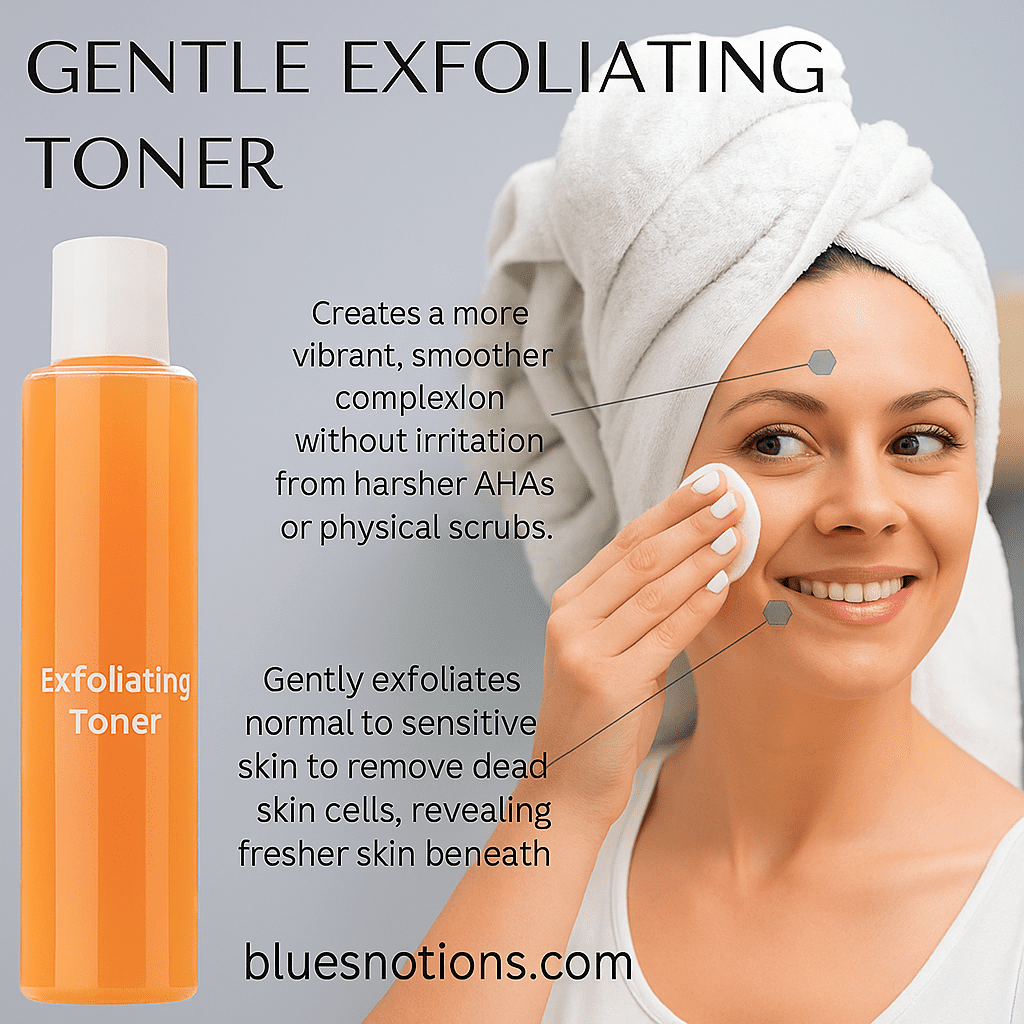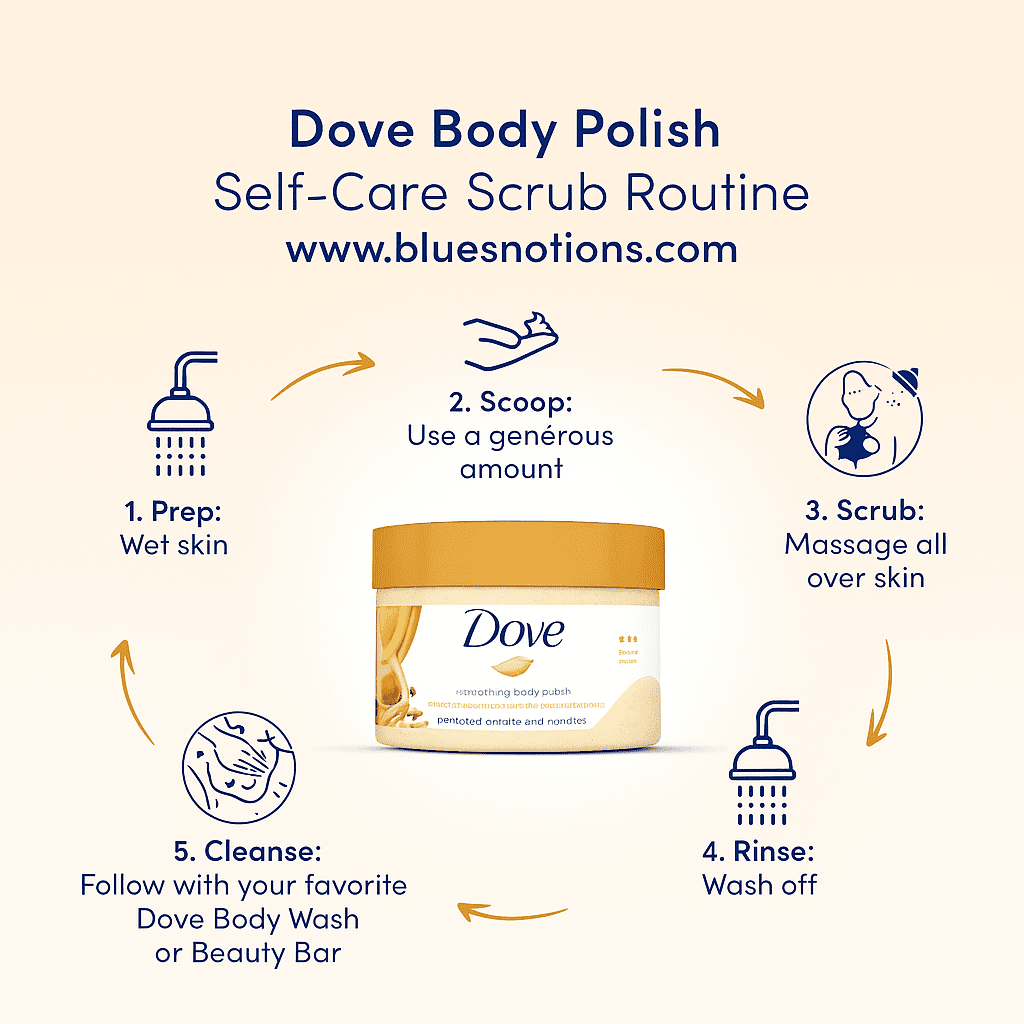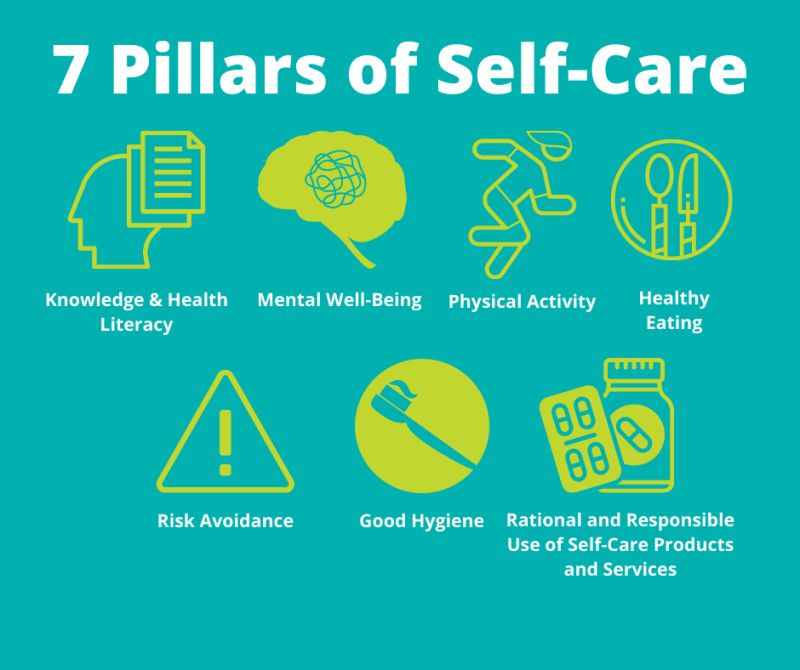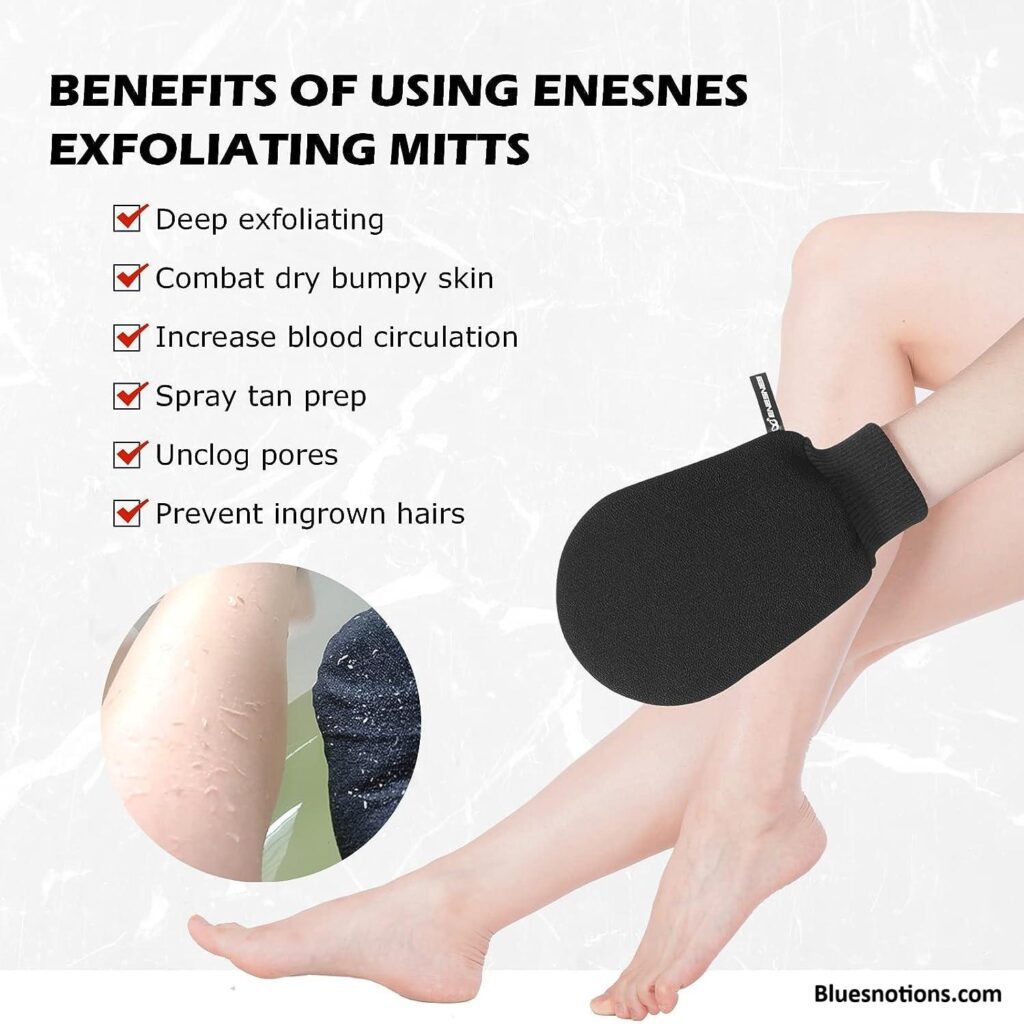Aging brings natural changes to your skin—fine lines, wrinkles, uneven texture, and dryness. Choosing the best foundation for mature skin is essential to maintain a smooth, radiant, and youthful appearance.
The foundation hydrates, evens out skin tone, and enhances natural beauty without settling into lines or highlighting imperfections. This guide will help you find the best hydrating foundation, top product picks, application techniques, and common mistakes to avoid.

Why Choosing the Best Foundation for Mature Skin
Mature skin is different from younger skin in its texture, hydration needs, and elasticity. Using the wrong foundation can:
- Emphasize fine lines and wrinkles
- Appear heavy or cakey
- Make the complexion look dull
The best foundation should:
- Hydrate and plump the skin
- Provide natural, buildable coverage
- Smooth fine lines and wrinkles
- Deliver a luminous, youthful glow
Key Features to Look For in the Best Foundation for Mature Skin
When selecting the best foundation, focus on:
1. Lightweight Formulas
The best lightweight foundation glides smoothly without settling into wrinkles.
2. Hydrating Ingredients
The best hydrating foundation includes hyaluronic acid, glycerin, and antioxidants to plump and nourish skin.
3. Medium Coverage
The best medium coverage foundation conceals imperfections while keeping skin looking natural.
4. Luminous or Satin Finish
The best luminous foundation reflects light, creating a youthful glow. Matte formulas may exaggerate dryness.
5. Buildable Coverage
The best buildable foundation allows layering in targeted areas without caking.
Top 10 Best Foundations for Mature Skin
Here’s a curated list of the best foundations:
1. IT Cosmetics Your Skin But Better CC+ Cream
- Benefits: Hydrating, anti-aging, SPF protection
- Finish: Radiant
- Why it works: The best hydrating foundation blurs fine lines while protecting from sun damage
2. Lancôme Rénergie Lift Makeup Foundation
- Benefits: Lifting complexes, medium coverage
- Finish: Satin
- Why it works: The best lifting foundation for mature skin, firms and smooths skin
3. NARS Sheer Glow Foundation
- Benefits: Lightweight, buildable coverage
- Finish: Luminous
- Why it works: The best luminous, adds hydration and radiance
4. Estée Lauder Perfectionist Youth-Infusing Makeup
- Benefits: Anti-aging peptides, medium coverage
- Finish: Dewy
- Why it works: The best anti-aging foundation, combines skincare with flawless makeup
5. Bobbi Brown Skin Foundation Stick
- Benefits: Creamy, buildable coverage
- Finish: Natural
- Why it works: The best buildable foundation for mature skin, perfect for touch-ups
6. Charlotte Tilbury Magic Foundation
- Benefits: Hydrating, medium coverage
- Finish: Glowing
- Why it works: The best glowing foundation, smooths wrinkles
7. Clinique Even Better Makeup SPF 15
- Benefits: Skincare-infused, medium coverage
- Finish: Natural
- Why it works: The best natural foundation , evens tone and protects skin
8. Armani Luminous Silk Foundation for Best Foundation for Mature Skin
- Benefits: Lightweight, radiant
- Finish: Luminous
- Why it works: The best lightweight foundation, airbrushed finish ideal for aging skin
9. Maybelline Fit Me Dewy + Smooth Foundation
- Benefits: Affordable, hydrating
- Finish: Dewy
- Why it works: The best drugstore foundation for mature skin, keeps dry skin soft and radiant
10. Fenty Beauty Pro Filt’r Hydrating Foundation
- Benefits: Hydrating, buildable coverage
- Finish: Satin
- Why it works: The best hydrating foundation for mature skin, smooths imperfections
Expert Tips for Applying the Best Foundation for Mature Skin
1. Prep Your Skin for Best Foundation for Mature Skin
- Cleanse, tone, moisturize
- Apply a hydrating primer for the best foundation finish
2. Choose the Right Tools
- Use a damp beauty sponge for the best application of foundation
- Avoid dense brushes that can drag skin
3. Apply in Thin Layers
- The best method to apply foundation for mature skin is in small, buildable layers
4. Focus on Hydration
- Facial mist enhances the best hydrating foundation
- Cream blushes add a youthful flush
5. Set Minimally
- Use light translucent powder for the best setting technique with exfoliating scrubs.
Common Mistakes to Avoid
- Skipping moisturizer or primer
- Using the wrong shade
- Over-powdering
- Neglecting SPF
Conclusion: Look Radiant at Any Age: Best Foundation for Mature Skin
The best foundation hydrates, smooths imperfections, and provides a youthful glow. Choose lightweight, buildable, and luminous formulas for flawless results. Pair your foundation with proper skincare for the ultimate effect.
Call to Action: Explore the best foundations for mature skin today and enhance your natural beauty with confidence!

